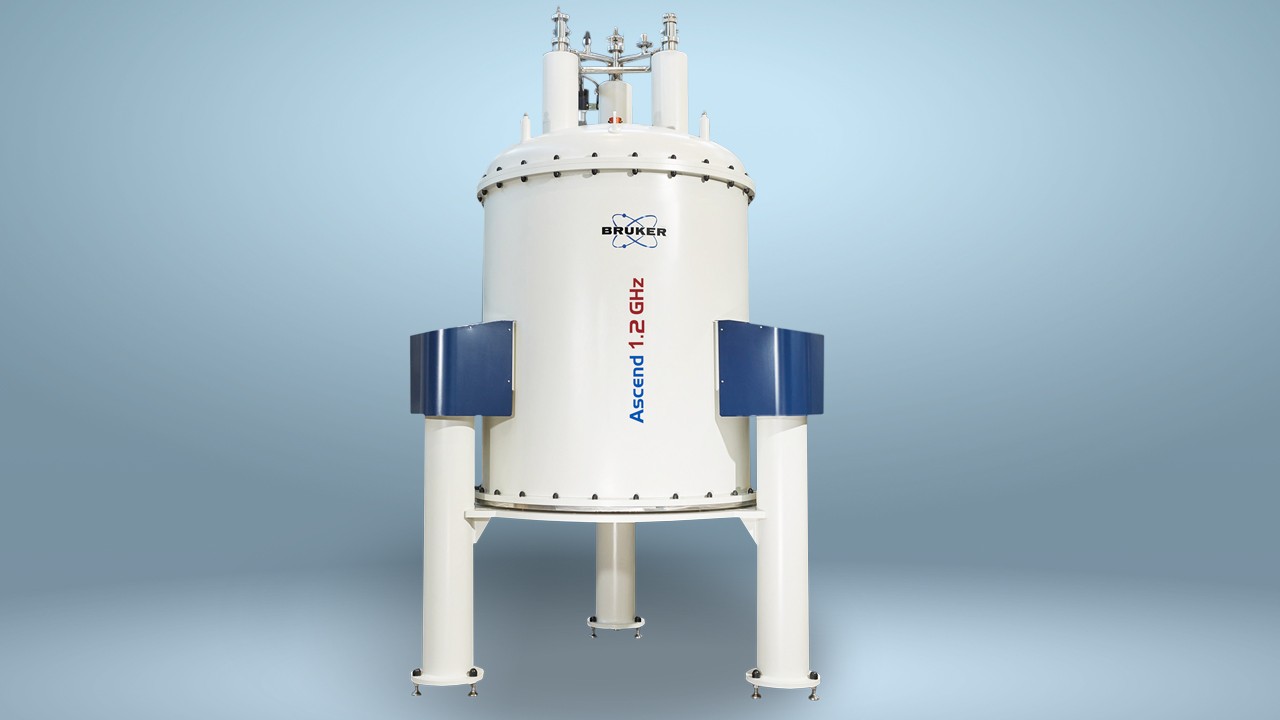

Exciting NMR Developments In Neurodegeneration
NMR Techniques Lead to Exciting New Developments In The Study Of Neurodegeneration
NMR techniques provide powerful tools for investigating the disordered protein aggregates that occur in neurodegenerative disease.
Dr Christian Griesinger, Director of the NMR-based Structural Biology department at the Max-Planck Institute for Biophysical Chemistry uses NMR to perform detailed investigations into the dynamics of these disordered proteins.
Griesinger explains that he and his colleagues are trying to establish the effects these disordered proteins have in illnesses such as Alzheimer’s disease, Parkinson’s disease, Creutzfeldt-Jacob disease and type II diabetes. So far, the researchers have achieved exciting results and have characterized the structural transitions that occur in these proteins between the monomeric, oligomeric and fibreless states. They have also managed to use a small molecule to actually influence and divert the aggregation pathways that occur in these diseases. This molecule is currently in preclinical trials, but the team hopes to start testing it in human trials at some point in the future.
Griesinger says this research is the most advanced project the team is currently conducting and he hopes it will have a direct impact in the field of biomedical research. Although NMR was not the original driving force here because a fluorescence-based assay and blind chemistry technique were used to find the molecule, NMR was used to investigate the basics and find out the biophysical reason for why the molecule had the effect it did.
“Understanding has to precede applications,” said Griesinger. “We believe that academic groups should work on fundamental science first, with the applications in biomedicine and other fields always following on from that.”
Regarding the instrumentation used, Griesinger believes that without NMR, the research would not be possible because the technique is at the core of his work. However, he acknowledges the need for improved sensitivity and better resolution and also said: “For the whole time I’ve been working in NMR, this has been the guiding desire of anyone you talk to.”
In 1990, when Griesinger acquired his first spectrometer, the sensitivity on a 600 megahertz spectrometer was 600:1, which compares to a sensitivity of almost 10,000:1 on the 900 megahertz instrument he uses today.
“In general, as long as there is no field-dependent line broadening, it makes a lot of sense to go to the highest field possible,” he said. “Bruker has always been a great partner, and I am very fortunate to have secured funding for a 1.2GHz system that will hopefully come at about the end of 2016, providing there are no problems with production.”
Griesinger explains that because instrumentation is so essential to people in the NMR field, it accounts for a large proportion of the money that gets spent because the equipment is so expensive. As an example, the Science Foundation in Germany has spent more money on NMR than it has on any other technique.


